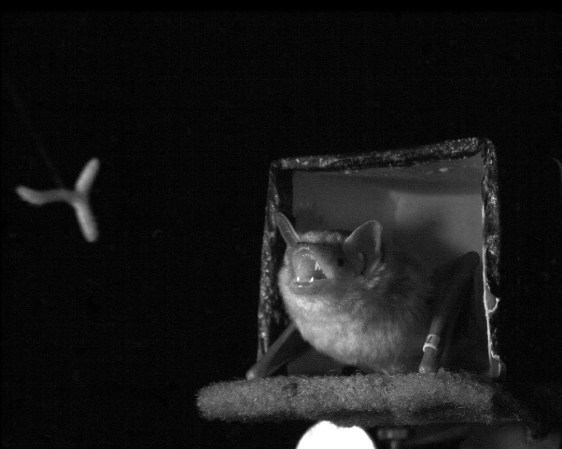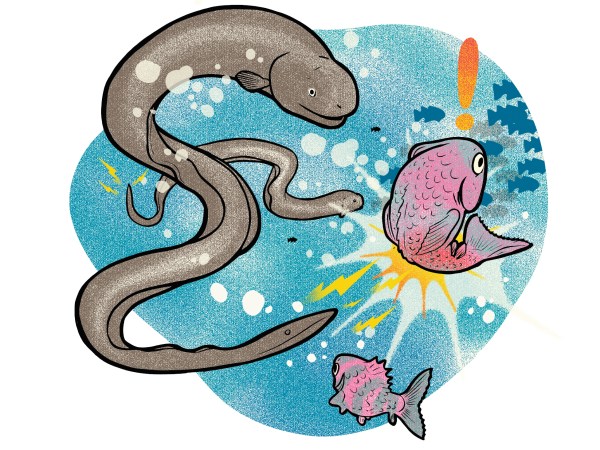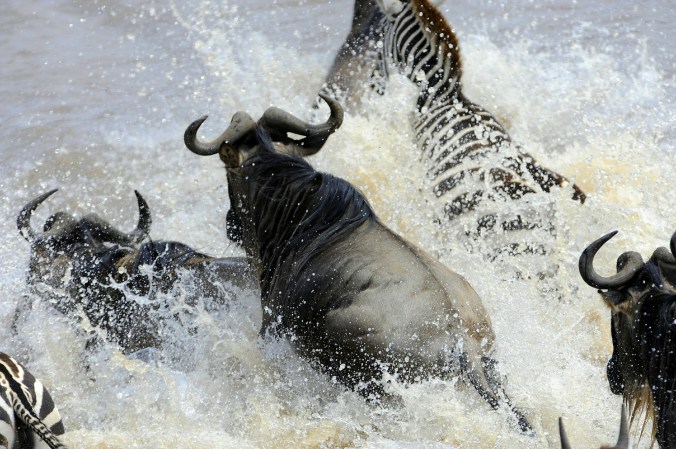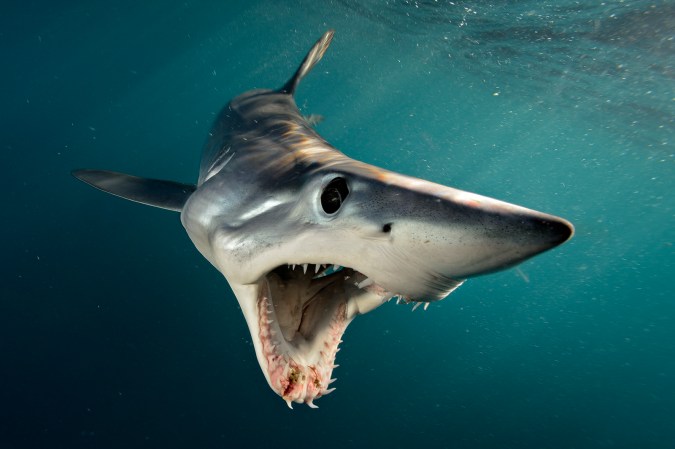

Naturalist Alexander Humboldt famously observed electric eels jumping up to attack horses in 1800, but for some reason the “wild terror in their sparkling eyes” did not inspire him to test those shocks out on his own skin. That dubious honor belongs to Kenneth Catania, a biologist at Vanderbilt University, who recently put his own anatomy through several excruciating experiments.
“I believe in collecting data when possible,” says Catania. “I had to put my arm where my mouth was.”
Catania has performed experiments with electric eels for years—he’s figured out how they send out electrical pulses to exhaust their prey, use high voltage to track down speedy fish and how they can even cause a temporary paralysis. But he wanted to know the exact current in the electric eel’s dramatic offensive, during which the animal leaps out of the water and delivers a sucker-punch straight to whatever’s trying to eat it. The resistance of human flesh was the only variable he was missing. He chose a small electric eel, which packs less of an impact than a full-grown monstrosity—they can reach up to 44 pounds—and set out to collect some truly shocking data.
Electric eels, which are actually a species of knifefish, often catch prey by immobilizing it with electric currents. They don’t even need to directly touch the skin of their victim unless they need to deliver a big jolt—enough to cause a significant amount of pain to a large animal, like a jaguar or human. Catania compares it to the shock from an electric fence. The current flowing through Catania’s arm clocked in at around 40 to 50 milliamps, while an average fence delivers 15 to 100 milliamps. After 100 milliamps, breathing and heart function starts to falter. Most studies that shock people—like this one, which suggested that people prefer the buzz to sitting alone with their thoughts—use 5 to 10 milliamps.
If you’re curious about how it felt, well, Catania (ever the professional) simply notes in the paper that “the subject reported that the eel’s shocking leaps were strongly aversive.”
“It’s painful,” says James Albert, a professor of biology at the University of Louisiana who wasn’t involved in the new study. “There is a long tradition of scientists taking one for the team.”
Catania is not the only scientist to offer himself up to eels in the name of science. In the 1800s, these hulking fish were a reliable sources of electricity. Michael Faraday, a physicist who established many of the basic principles of electromagnetism, described electric eels as “animals able to give the same concussion to the living system as the electrical machine, the voltaic battery and the thunder storm.” Like Catania, Faraday stuck his hand in the water with an eel. Unlike Catania, he also made three of his assistants splash around in the water next to the living electrical hazard.
While Catania underwent significant pain, he knew the small eel was not life-threatening. Neither Albert nor Catania have any knowledge of an electric eel ever killing anyone directly. “Even Humboldt, who seemed to relish a good fish story, attributed the death of two horses in 1800 to exhaustion followed by drowning while trapped, rather than the direct result of electric shock,” the study states. But while that means the risk of sticking his arm into an eel tank was rather minimal, Catania notes that the danger of drowning during sudden muscle paralysis is far from trivial, and could take down even someone who’s usually a strong swimmer.
In the study, Catania recalls a mysterious Daily Mail video in which a Brazilian man acts as electric eel bait. He stands ready and wary, with a rope around his waist. After the electric eel leaps out and shocks him, he plunges into the water. His companions quickly pull him out and hack the massive fish into pieces. Catania says he doesn’t know why the Brazilians wanted to kill this particular eel, but that he respects the courage of the protagonist of the video. “If you want to say somebody’s brave, that’s who’s brave,” he says.
Despite centuries of research, there is still more to learn about this strange species, to say nothing of less famous members of the Amazon ecosystem. “Even monsters like the electric eel are really poorly known,” says Albert. Catania says he, for one, is not through with his research. “People used to think they were just giant batteries,” says Catania. “These animals always have something new to surprise us with.”































